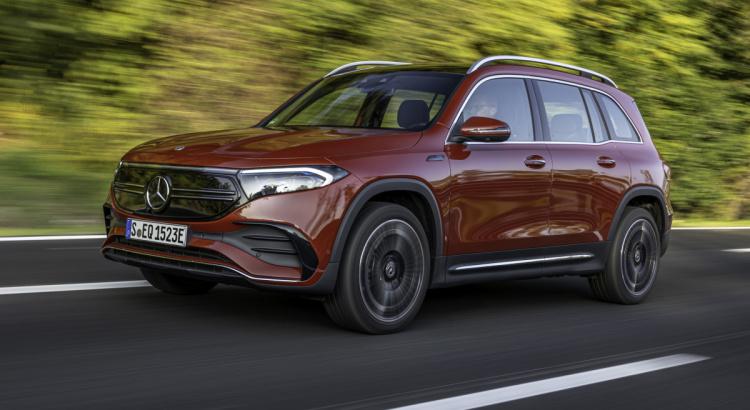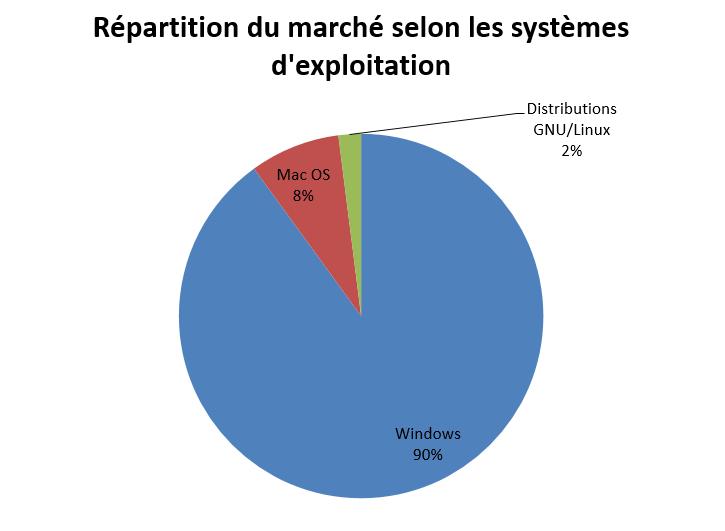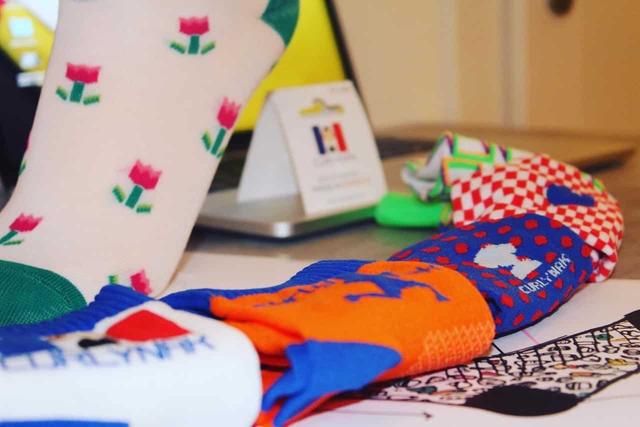Mercedes EQB test: our opinion at the wheel of the 7-seater electric SUV
The electric range of the star is enriched. After the EQC and the EQA – and while waiting for the EQS and EQE sedans – Untertürkheim will deliver this EQB, derived from the thermal GLB, from February. Unlike Hyundai-Kia, Tesla or Volkswagen, Mercedes has not seen fit to design an entirely electric platform for its mid-size cars. This choice has the merit of accelerating the pace of new features… at the cost of a certain number of limitations, as we will see later.
In any case, these do not concern the number of passengers. In France, all deliveries will be made with 7 seats. And this is undoubtedly the number 1 argument of this beautiful baby assembled in Kecskemét, Hungary. Unsurprisingly, we find the design elements specific to the brand's "zero-emission" range: smooth black surface as a grille or light signature with a line at the rear. As on the GLB, the "drooping" design of the rear quarter lightens a very square rear, essential to offer a minimum of roof clearance to the rear passengers.
Let's start by exploring the third row. The two folding seats (removed, they form a flat floor) are designed for smaller people and for troubleshooting over a handful of kilometres. Beyond 1.70 m, your head will touch the pavilion. To obtain acceptable legroom, the second row, which can be split according to the 40/20/40 scheme, must also be slid forward. Once moved forward, it leaves only modest room for the knees of passengers number 3, 4 and 5. On the other hand, you can cross your legs without worry in the second row when the bench seat is installed in its “natural” position. Incidentally, the middle square overlooks a (very small) central tunnel.
The third row is more usable if you move the bench seat in front.
Side trunk, we regret the high height of the loading threshold even if the volume without third row is correct (465 liters). At seven, the hold becomes symbolic. We welcome the possibility of attaching five child seats in the vehicle via the Isofix system. Convenient for large and/or blended families. Returning to the front seats, you sit in two very comfortable armchairs. The cabin materials are pleasing to the eye and to the touch, although the hard bottom console TM plastics dull the picture a bit for the finish obsessed. As always with Mercedes, the central infotainment panel shines with the clarity of its menus and its speed of execution. The cameras assisting the maneuvers are of good resolution.
=> What do we already know about the future Mercedes A-Class?

peaceful character
With its long sweeping curves bathed in the autumn sun, the Swabian Jura is a dream location for a dynamic test. Pending the arrival of an EQB 250 traction in March, our 350 4 MATIC version is equipped with two engines. As at Tesla, Mercedes has opted for an asynchronous front and a permanent magnet synchronous rear. The coupling accumulates 292 hp and the 0 to 100 km/h crosses out in just over 6 seconds. Logically, with all-wheel drive and Pirelli PZeros, traction remains good on dead leaves.
But unsurprisingly, the character of the EQB remains peaceful. Already far from being a jockey when equipped with a diesel engine (1,670 kg), the SUV with the star here exceeds the 2.1 tonne mark. It feels in the pedal, slightly spongy when you "type" in the brakes. But also when the ESP intervenes early to regulate all the excesses of optimism. The flexible adjustment of the suspensions (MacPherson at the front, multi-link axle at the rear) relieves the backs of the passengers, but harms the reactivity on the changes of support. The SUV remains a tad firm when crossing the blackcurrants at low speed. A phenomenon attributable to the 20 inch pneumatic tire. If it does not offer a wealth of information, the electrically assisted steering offers real consistency, while remaining light.
Another positive point in circulation: regeneration. Three modes are selectable via paddles behind the steering wheel. “D+” lets the vehicle slide on its momentum. “D –” accentuates the deceleration to recharge the accumulators as much as possible. However, we note that the car does not stop and therefore does not allow single-pedal driving. This ecstasy of flycatchers will not be particularly missed. Finally, the “D auto” mode adapts to the traffic and the maximum authorized speed. Interventionist but well calibrated, this system seems to us to be a clever cross between intelligent regulator and regeneration optimization software. Among the assets of the EQB, we will also note the very good quality of the soundproofing. Wind noise is dampened, road noise completely suppressed.
On the driving side, the EQB is comfortable but not very sporty.
Along the misty banks of the Neckar, we consult the on-board computer. It tells us an average of 22.6 kWh/100 km at the end of a section mixing a short motorway section, a hundred kilometers of road and the crossing of numerous agglomerations monitored by fixed radars. This figure is 10% higher than a Tesla Model Y, benefited by more careful aerodynamics (Cd of 0.23 against 0.28 for the Mercedes) but less rich in seats and less attractively presented. Beware all the same of competition from Elon Musk in the medium term: the American SUV is marketed with a third row of “back to the road” recovery in the United States.
Above all, the Model Y goes much further. Despite a nice battery with a net capacity of 66.5 kWh located under the floor, the autonomy of the Mercedes caps below the bar of 300 “real” kilometers. Disappointing. On an 11 kWh wallbox, the EQB recharges in 5h45. Home-work-school-in-law journeys are therefore covered. On the other hand, direct current charging is limited to 100 kW. Even if you are connected to the fastest terminal in the world, you will therefore have to wait around forty minutes every two hours before leaving the area if you are making long journeys on the motorway. Unfortunate. But maybe necessary if you have five baby seats in the car.
Our opinion
WE love :
We like less:
Verdict
Practical and well presented, the EQB fishes by its low autonomy.
Price
Mercedes EQB 350 4MATIC Version tested: approximately 64,000 euros (approximately) From 64,000 euros (approximately)
Average manufacturer consumption / during the test (kWh/100 km): 18.1 / 22.6 CO2 (g/km) / bonus: 0/0 € Fiscal power: NC Country of manufacture: Hungary
Range offered:
Technical sheet
Motors: electric, asynchronous (AV) and synchronous with permanent magnets (RE) Transmission: four-wheel drive, 1 gear + reverse Battery: 66.5 kWh lithium-ion (net capacity) Maximum direct current charging power (kW): 100 Charging time on wallbox (11 kW): 5h45 Power (hp): 292 hp (215 kW) Torque (Nm): 520 Weight (kg): 2,175 Length x width x height (m.): 4.68 x 1.83 x 1.70 Wheelbase (m.): 2.83 Max speed (km/h): 160 (limited) 0 to 100 km/h (s.): 6.2 Standard tyres: 235/45 R20 Test tires: Pirelli PZero Elect
Chest for 7/for 5/for 2 (l): nc / 465 / 1620
Main competitors
For the time being, no generalist or premium brand markets a 7-seater SUV of this format. In five places, the competition is more present.
Tesla Model Y, 441 hp, from €59,990 Kia EV6 AWD, 325 hp, from €51,990
To read on auto-moto.com:
Everything about the new Mercedes SL
Mercedes-AMG GLC 43 and GLC 63: first info and photos
Mercedes-AMG GT: end of career confirmed







